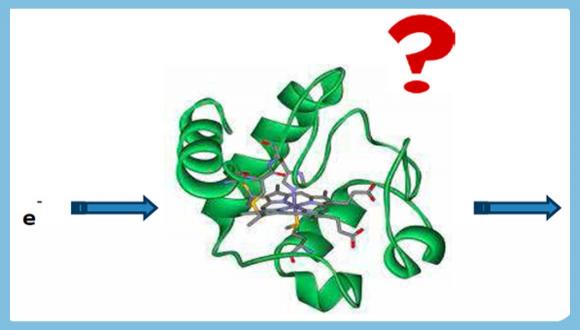סמינר בננו: Proteins: “Dopable” Solid State Electron Transport Materials
Prof. David Cahen
Proteins can be viewed as materials with tunable optoelectronic properties that, via doping, can extend well beyond their biological ones.
The reasons are
-a- the ability, for many proteins, to change their properties by adding/replacing co-factors or external molecular or ionic moieties and
–b- that proteins are surprisingly good solid-state electronic conductors, even those that have no known biological electron transfer function.
The last characteristic is measured as solid-state electron transport (ETp) across proteins that are “dry” (retain only tightly bound water, to keep native conformation). Comparing an electron transfer (ET) protein, such as Azurin (Az) or Cytochrome C, a H+-pumping membrane protein Bacteriorhodopsin (bR), and Human and Bovine Serum Albumin (HSA and BSA), shows clear differences. Importantly for future bioelectronics, the results are sensitive to protein modification, i.e., removing or disconnecting the retinal in bR, removing or replacing the Cu redox centre in Az or the heme or only the Fe in CytC, all change ETp. Such cofactors can thus be viewed as natural dopants for proteins. Most remarkably, we can make a totally electrically inactive protein, HSA, into a very efficient ETp medium by doping it with natural poly-enes or other aromatic systems. Our studies, aided also by temperature-dependent ones, provide insights in the ETp mechanisms and understanding of how ETp differs from natural Electron Transfer, ET, which, in turn may help deeper understanding of ET.


